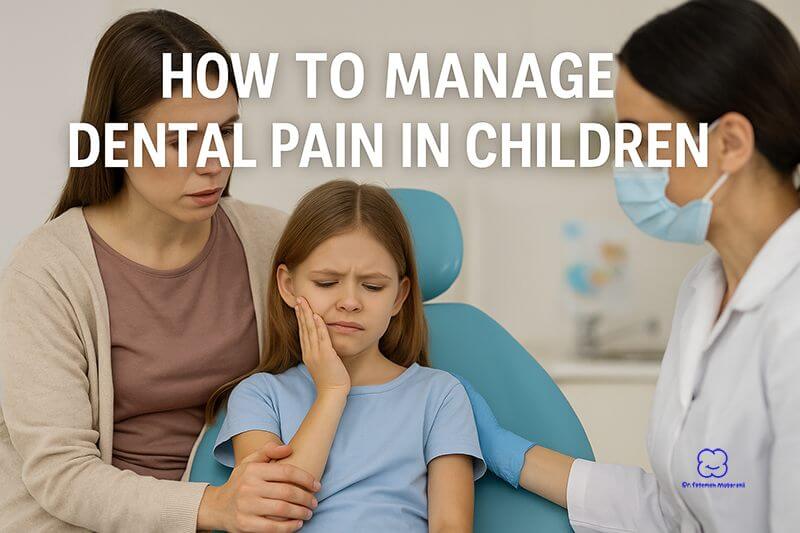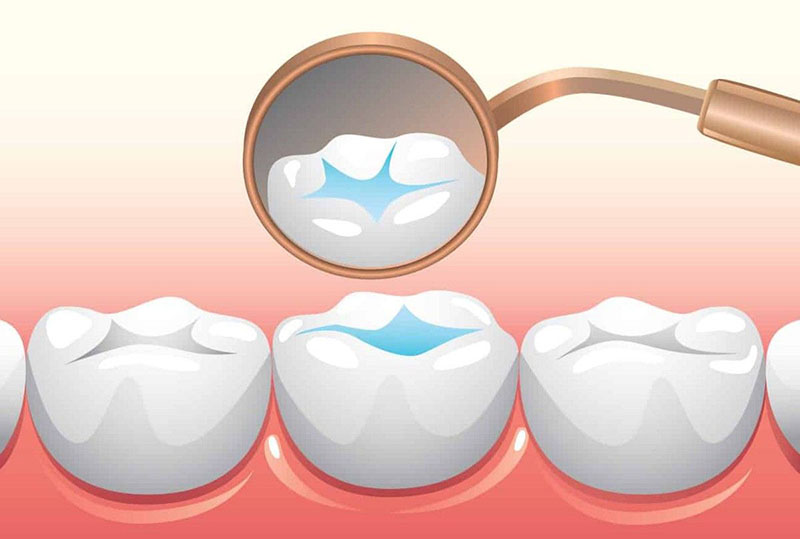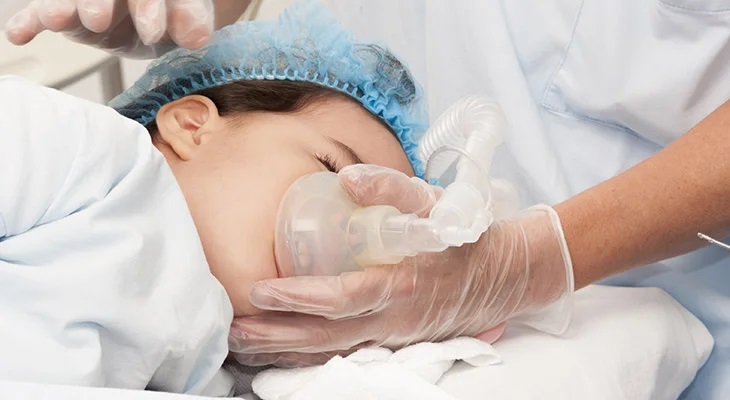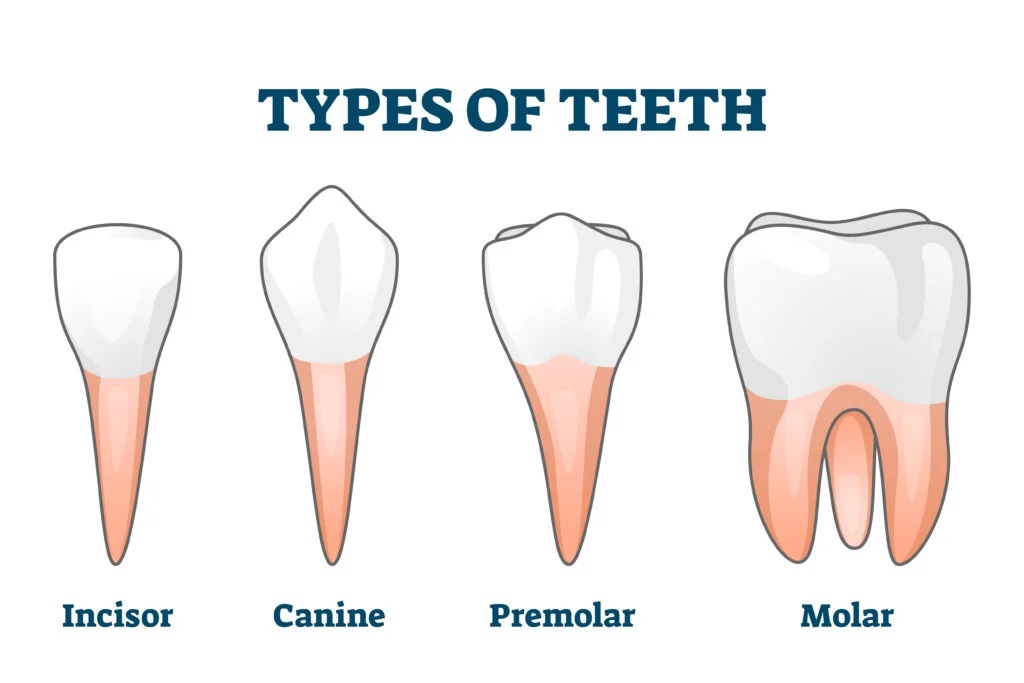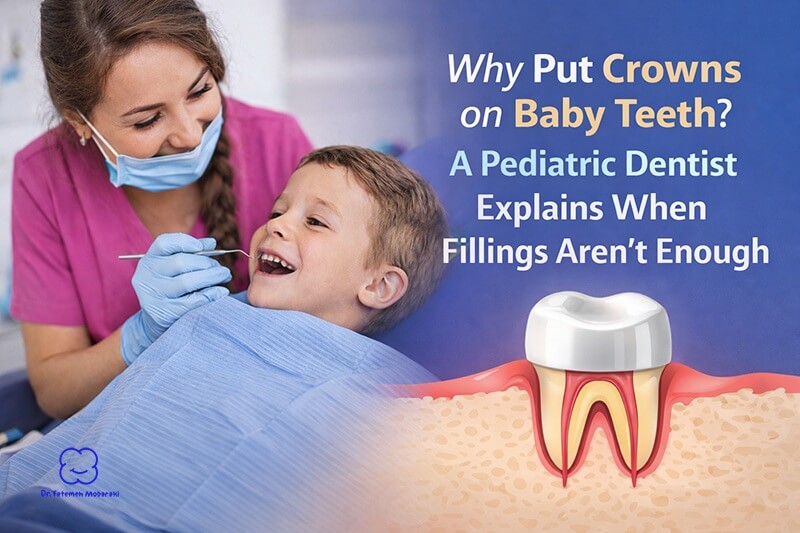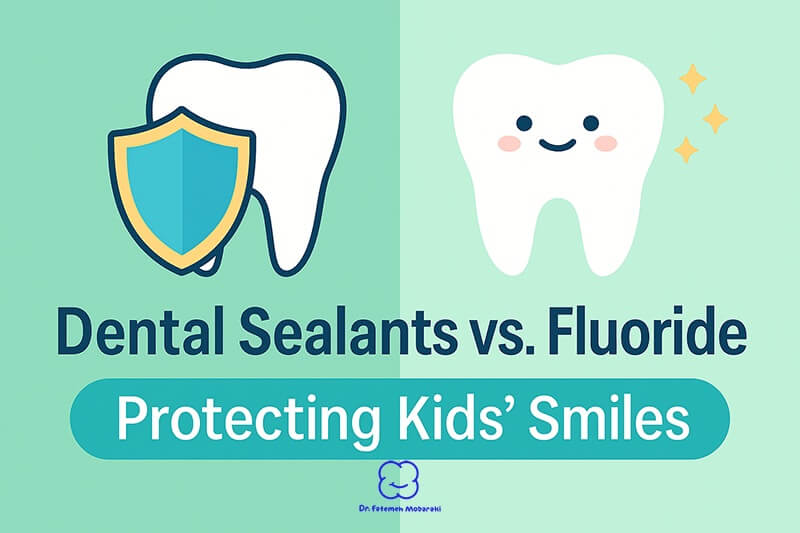If you’re a parent living in Dubai, you know how heartbreaking it is to see your child in dental pain—whether it’s their very first toothache or an ongoing issue. Access to pediatric dental care in Dubai is generally excellent, especially in areas like Jumeirah and Mirdif, but knowing how to act quickly and effectively is key. At our family-friendly clinic, we help Dubai parents manage dental pain in children with gentle, expert care—so your child can get back to smiling with comfort and confidence. This guide will walk you through everything you need to know.
Why You Need to Manage Dental Pain in Children Early
Dental pain affects children’s daily lives significantly, disrupting their eating habits, sleep patterns, and overall mood. According to studies, approximately 20% of school-age children experience tooth pain at some point, highlighting the importance of effective dental pain management for children. Untreated dental pain can lead to poor academic performance, malnutrition, and even social withdrawal, emphasizing why timely intervention is critical.
Why Managing Dental Pain In Children Is Challenging – What Parents Should Know
While dental pain is distressing for children and parents alike, it’s equally challenging for dentists. Managing dental pain in children is one of the most complex responsibilities in general dentistry—not only because of the emotions involved, but also due to clinical limitations and system-wide constraints.
The Stress for Dentists
Dentists often feel immense pressure when treating a child in pain. It’s not just about technical skills—it’s the emotional toll of seeing a child suffer, managing a worried parent, and making treatment decisions with limited information. Especially in urgent cases, clinicians must act fast and empathetically while balancing medical safety and cooperation challenges.
Difficult History and Examination
Unlike adults, children often can’t describe their symptoms clearly. Toddlers and some neurodivergent children might not speak at all. Even older kids might struggle to explain what kind of pain they feel or where it hurts. Some won’t even allow a full mouth exam due to fear or discomfort. These limitations mean dentists often work with incomplete data, relying heavily on parental observations, quick visual checks, and sometimes, just gut instinct backed by experience.
Treatment Is Never One-Size-Fits-All
Dental pain management for children must be tailored. A cooperative six-year-old with a small cavity needs a different approach than a fearful three-year-old with multiple abscesses. Some kids tolerate X-rays and fillings with ease, others need sedation or even general anesthesia. Variables like age, personality, parental involvement, pain tolerance, and even cultural attitudes all influence the plan.
International Differences in Care
In the UK, the Scottish Dental Clinical Effectiveness Programme (SDCEP) guidelines provide a framework for evidence-based pediatric dental care. These recommend when to intervene, when to monitor, and what the safest approaches are. UK dentists often follow a conservative, prevention-first approach, favoring extraction in uncooperative children or when the long-term prognosis is poor.
In contrast, countries like the United States offer broader access to sedation and in-office general anesthesia, enabling more restorative work at younger ages. Meanwhile, in Gulf countries, preserving baby teeth is a higher priority, often involving pulpotomies and crowns even on severely affected teeth.
In Dubai, many pediatric dental clinics—including our own—bridge both philosophies. While we prioritize prevention and child comfort, we also have access to advanced sedation options and minimally invasive treatments, making it easier for families to choose the best approach based on their child’s needs.
Understanding these international perspectives helps parents make informed decisions when living abroad or relocating, and it highlights that even among experts, there are multiple “right” ways to manage dental pain in children.
Building Trust with Your Child During Dental Pain
The key to successful dental treatment begins long before any procedure—it’s about building trust. Children are naturally fearful of dental visits. Create a comforting environment by discussing their favorite shows, hobbies, or superheroes like Spider-Man. Being playful, silly, or goofy can transform dental visits from a scary event into a fun experience. Dentists who actively build rapport with children significantly enhance cooperation, making treatments more effective and less stressful for both the child and parents.
Age-Based Ways to Manage Dental Pain in Children
Understanding how children express dental pain varies by age and developmental stage.
- Toddlers and Infants: For very young children who can’t yet express their pain verbally, watch for behavioral changes such as increased fussiness, disrupted sleep, reluctance to eat, or constant chewing on objects. These behaviors are clear signs of dental discomfort.
- Preschool and School-Age Children: Directly asking your child simple questions like “Does it hurt here?” or “Is your tooth ouchy?” can help pinpoint the pain. Notice if they’re waking at night or avoiding specific foods. Encourage clear communication by reassuring them they won’t be in trouble for speaking about their pain.
- Teenagers: Teens can articulate their pain clearly. Utilize the SOCRATES method (Site, Onset, Character, Radiation, Associations, Timing, Exacerbation, Severity) for detailed pain assessment, assisting the dentist to provide tailored treatments.
Why Radiographs (X-rays) Are Essential
X-rays offer a comprehensive view of your child’s dental health, identifying hidden cavities and infections not visible during a routine examination. In fact, pediatric dental X-rays can reveal six to eight times more cavities than what’s seen during a visual check, making them a vital tool for accurate diagnosis. Dentists typically recommend radiographs starting around age four to five, adjusted according to your child’s dental risk profile. Early detection significantly improves treatment outcomes.
That said, taking X-rays in young or anxious children isn’t always easy. Some kids simply won’t tolerate the film in their mouth, or they might gag or cry. In these cases, dentists often use smaller films (size 0) or special foam tabs that are more comfortable. They might gently talk your child through the process using playful language like, “Let’s take a picture of your superhero tooth!”
Even if X-rays can’t be taken during the first visit—especially if the child is in pain or unwell—it’s important to follow up. Many problems, like hidden cavities or infections between teeth, can’t be spotted without them. Dentists may choose to give temporary treatment and reassure parents that a more complete assessment will come once the child is feeling better and more cooperative.
Always ask your dentist about what they’re looking for in an X-ray and how it supports their diagnosis. When used appropriately, radiographs are a safe, low-radiation tool that plays a big role in managing dental pain in children.
At-Home Strategies to Help Manage Dental Pain in Children
- Cold Compresses: Applying a cold compress or ice wrapped in a cloth can temporarily reduce swelling and relieve pain.
- Pain Medication: Over-the-counter pain relievers like children’s ibuprofen or acetaminophen can be effective. Always follow dosage instructions carefully.
- Saltwater Rinses: Older children can rinse gently with warm saltwater to soothe the area and reduce infection.
- Distraction Techniques: Engaging your child in enjoyable activities, like watching their favorite movie or playing games, can temporarily divert attention from the pain.
Common Presentations and How to Manage Dental Pain in Children
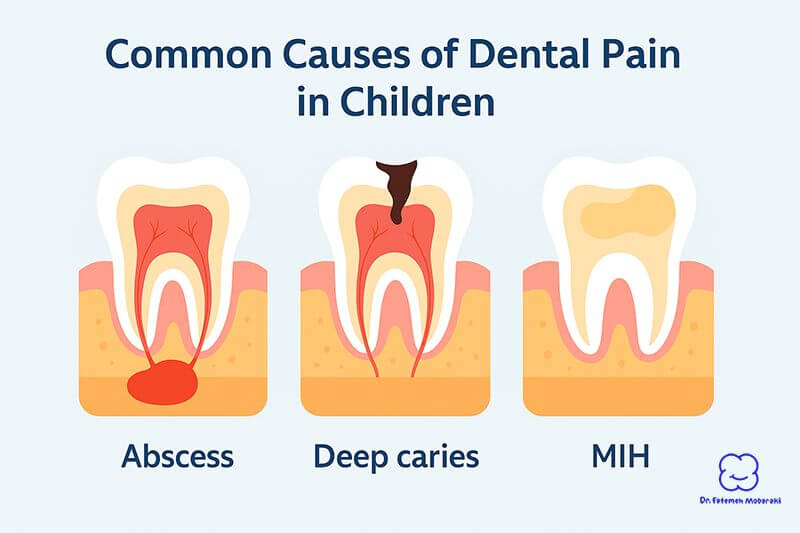
Managing dental pain in children often involves addressing some recurring and challenging conditions. Dentists rely on a mix of evidence-based approaches, creative solutions, and parent collaboration. Here’s how they manage them, including less common but valuable treatment tools like Silver Diamine Fluoride (SDF) and cavity opening techniques.
1. Tooth Abscess
A tooth abscess in kids presents as severe toothache, often accompanied by swelling, a bad taste in the mouth, or even fever. The pain is usually intense, and the child may struggle to eat or sleep. Antibiotics are typically the first step to control the infection, followed by further treatment such as extraction or root canal, depending on the case.
2. Deep Cavities and Pulpitis
- Reversible pulpitis: This type of pain is triggered by cold or sweet foods and lasts only a few seconds. Dentists usually treat it by gently removing the decayed part and placing a temporary filling. This stops bacteria from irritating the nerve and gives quick relief. In some cases, they may open the cavity slightly to make it cleansable at home, especially if the child is not cooperative.
- Irreversible pulpitis: This pain lingers, keeps children up at night, and often needs either a pulpotomy (removing part of the nerve) or extraction. Pulpotomies and especially pulpectomies are less commonly done in general practice because they can be time-consuming and challenging in uncooperative children. They may still be considered if the tooth is important to keep, like in cases of hypodontia or limited decay elsewhere. When behavior is a major barrier, temporary dressings or referral for dental treatment under general anesthesia are often more practical—especially in very young or anxious children who cannot tolerate traditional care.
👉 Book an appointment now or call us directly for emergency dental care for children in Dubai.
3. Recognizing Molar Incisor Hypomineralisation (MIH)
MIH affects around one in six children. It weakens enamel, making teeth more sensitive and more likely to break down. These teeth often hurt from cold drinks, brushing, or even the wind.
How to manage it:
- Mild cases: Use Tooth Mousse daily (available over the counter) to reduce sensitivity and strengthen the enamel.
- Moderate cases: The dentist may apply Fuji Triage, a fluoride-releasing material that protects sensitive areas.
- Severe cases: If the enamel is breaking or the tooth becomes painful, a stainless-steel crown may be needed. In some cases, especially if the molar is too damaged, it may need extraction and orthodontic follow-up.
MIH is not caused by sugar or poor hygiene—it’s often linked to childhood illnesses, premature birth, or genetics. Recognizing it early allows dentists to step in before things get worse.
Supporting Your Child Through Dental Anxiety
Dental anxiety significantly influences pain perception. If your child feels nervous or fearful at the dentist, check out our post on managing dental anxiety in children for practical tips that work. Simple strategies like sitting on your lap, using comforting language, or even offering a reward can make a big difference.
Different Cultures, Different Ways to Manage Dental Pain in Children
Global pediatric dental care varies significantly. While some cultures prefer extensive treatments to preserve teeth, others may opt for extractions as a simpler, effective approach. Openly discussing these options with your dentist ensures treatment aligns closely with your child’s specific needs.
Essential Preventive Tips
- Regular Check-ups: Routine dental visits every six months prevent minor issues from escalating into painful emergencies.
- Good Oral Hygiene: Teach your child to brush twice daily and floss regularly.
- Balanced Diet: Limit sugary foods and encourage a nutritious diet rich in calcium and vitamins.
- Fluoride Treatments: Fluoride helps strengthen enamel, significantly reducing cavity risks.
When to Get Emergency Help to Manage Dental Pain in Children
Contact your dentist immediately if your child experiences severe pain, swelling, fever, or visible abscesses. Prompt intervention is crucial in preventing complications.
Specialist Referrals, Public Health Gaps, and Prevention Strategies in Dubai
In Dubai, many families have access to both public and private dental clinics. However, access to pediatric specialists, sedation services, and general anesthesia can still vary depending on the clinic and location. At our pediatric clinic in Palm Jumeirah and Mirdif, we offer specialized services—including emergency dental care for children in Dubai—so families don’t have to wait or travel far.
Not every case of dental pain in children can be managed entirely within a general dental practice. In fact, some situations require specialist intervention—especially when a child has multiple carious lesions, extreme anxiety, or special healthcare needs.
General Dentists vs. Specialists
General dentists (GDPs) play a crucial frontline role: managing emergencies, building rapport, providing preventative care, and making referrals. But in complex cases—like those needing sedation, general anesthesia, or advanced restorative work—referral to a pediatric dental specialist becomes necessary.
However, access to specialists isn’t always easy. Long waiting lists for community dental services, especially for children needing general anesthesia (GA), are common in many regions. In public health settings, delays in care can worsen a child’s condition or lead to repeated prescriptions for antibiotics, which only offer short-term relief.
Read more: Why Should We Take Our Child to a Pediatric Dentist
The Fiction Trial and Referral Rejections
Many general dentists face frustration when their referrals are rejected by hospital or community services. A common scenario involves being told that a child “is not in pain” so treatment isn’t currently warranted. This is often based on studies like the Fiction Trial, which emphasize prevention and monitoring.
While prevention is important, these guidelines can sometimes clash with real-world experience. A child might not be in pain today—but if their cavities are deep or close to the pulp, problems are likely to develop. That’s why dentists must carefully assess whether teeth are restorable, at risk of becoming painful, or need extraction.
Preventative Regime: Your Best Long-Term Strategy
All of this underscores the importance of a thorough preventative regime. Children with one painful tooth often have others at risk. Fluoride treatments, dietary advice, regular brushing, and routine exams are more than just good habits—they’re protection against future emergencies.
A well-structured prevention plan helps reduce reliance on antibiotics, minimizes future treatment needs, and improves a child’s overall dental and emotional wellbeing.
Ready to Help Your Child Smile Again?
If your child is experiencing dental pain or you’re simply unsure of what to do next, don’t wait. Book an appointment today with Dr. Fatemeh Mobaraki, a trusted pediatric dentist in Dubai. With clinics in both Palm Jumeirah and Mirdif, we make gentle, expert care easily accessible to families across the city.
Final Thoughts
Effectively managing dental pain in children requires patience, understanding, and proactive care. Early detection, regular dental visits, and a comforting approach can greatly enhance your child’s dental experience and overall health.
For professional and compassionate pediatric dental care in Dubai, visit us at drfatemehmobaraki.com—whether you’re looking for a pediatric dentist in Palm Jumeirah, emergency dental care for children in Dubai, or a family-friendly clinic in Mirdif—your trusted partner in ensuring your child’s dental health and happiness.
FAQ
Can teething cause severe dental pain?
Teething usually causes mild discomfort. Severe pain might indicate another issue, necessitating a dental check-up.
Are home remedies effective for dental pain?
Home remedies can temporarily relieve minor pain but always seek professional dental care for persistent or severe pain.
How can I help my anxious child during dental visits?
Familiarizing them with the dental environment, maintaining a positive attitude, and rewarding good behavior significantly reduces anxiety.

